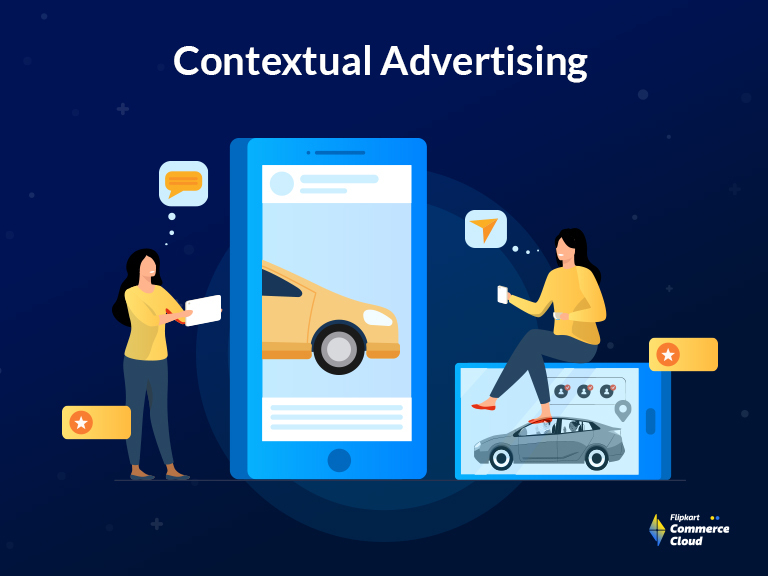
Everything you need to know about Contextual Advertising
By Flipkart Commerce Cloud
Share On:
It’s frustrating, isn’t it? Your ads are there, but are they truly being seen or just scrolled past? In a world where users are bombarded with 10000 ads daily, making your message stand out can feel like searching for a needle in a haystack. But thankfully, Contextual Advertising is here to assist you. In this blog, we explore how contextual advertising isn’t just about showcasing ads; it’s about showing the right ads to the right people at the right time. This approach is about visibility and relevance – a key to unlocking genuine customer engagement in a sea of digital noise.
What is contextual advertising?
Contextual advertising is the timely and strategic positioning of ads where they fit best. This approach allows brands to reach out to the right consumers by tailoring ads that align with the content of a web page. The approach of context-based targeting makes ads appear more appealing and beneficial, not irritating or intrusive.
Contextual advertising vs. contextual targeting
In digital marketing, contextual advertising and targeting are often used interchangeably, but each has a unique role. Contextual advertising is a powerful tool that involves strategically placing relevant ads in places that match what the consumer is interested in at that moment. For instance, putting up travel ads in a travel article makes sense because it’s likely to catch the eye of someone dreaming of a vacation. This approach makes the ads more relevant and boosts their appeal to potential customers.
In contrast, contextual targeting offers a more intricate approach. It zeroes in on users by analyzing the context of their online behavior, using contextual cues instead of third-party data. With the help of sophisticated algorithms it analyzes the content of a web page and identifies the keywords, phrases, and topics that are most relevant to that page and maps it with user interests. Context-based targeting is becoming increasingly vital in a digital environment, shifting away from cookies and third-party data tracking providing users with improved privacy.
How does contextual advertising work?
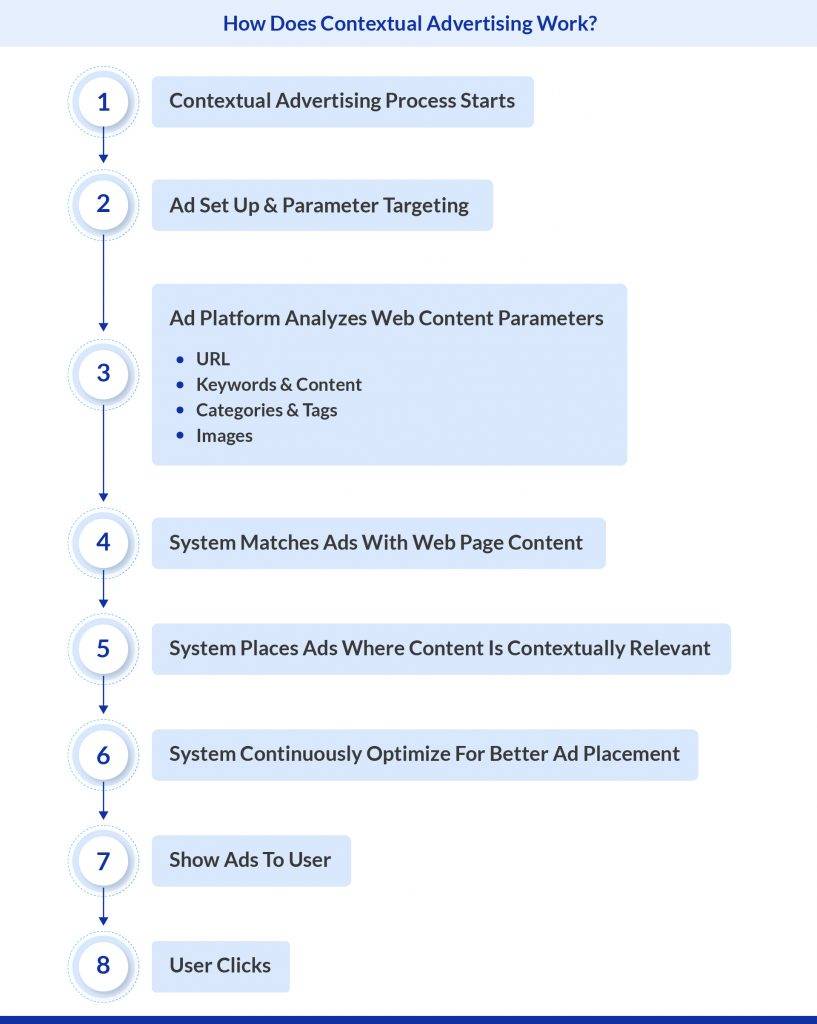
- Contextual targeting parameters: The initial phase of contextual advertising involves establishing the targeting criteria. Advertisers need to carefully choose topics and keywords that resonate with their desired target audience. For instance, a sport bike company may start with general categories such as ‘autos and vehicles’ before honing in on specific ones like ‘supersport bikes’ or ‘sports motorcycles.’ Moreover, incorporating negative keywords is crucial to prevent the ads from showing up in irrelevant contexts.
- Analyzing relevant web page content: Once the targeting parameters are in place, the advertising platform thoroughly reviews the content on its network of websites. The review goes beyond simple keyword matching and includes assessing web page content, images, language, link structure, and overall page layout. This rigorous analysis guarantees that ads appear on pages that align with the designated keywords and topics and are contextually relevant to the ad content.
- Ad placement decisions: In the next phase, the as platform will decide where to place the ads. Most ad platforms offer advertisers options to choose either a wide audience (broad reach) or narrow audience (specific reach). A wide audience means the ads will show up on pages related to specific topics, while a narrow audience will be more targeted as it takes into account the keywords, content, topic and images into consideration while allotting the ad slot. After analyzing multiple parameters, the ad platform locates the best spot for the ad, making sure it fits in with its surroundings.
- Contextual alignment and relevance: The heart of contextual advertising is its capacity to match ads with the content of web pages. For instance, a webpage about running could show ads for fitness programs, while a cooking website might display ads for cooking products. This matching boosts the relevance and impact of the ads, making them more likely to be seen as engaging and useful rather than intrusive.
- Utilizing advanced techniques: Advanced contextual advertising systems can integrate personal information such as demographics, device usage, and other contextual cues to improve targeting precision. By using this multi-faceted approach, ads can be matched more accurately to content, enhancing the effectiveness of advertising campaigns.
- Continuous optimization: Contextual advertising demands continuous attention and refinement rather than a one-time approach. For example, platforms such as Google Ads consistently evaluate and modify placements to ensure the ads remain contextually relevant and effective over time.
Why is context important for advertising?
When an advertisement is tailored to align with a user’s current interests or needs, such as promoting sports equipment on a fitness-focused website, it goes beyond being just an ad and becomes the most relevant content. This relevance fosters increased engagement because ads that seamlessly fit into the user’s current digital environment are less intrusive and more captivating. Additionally, the significance of context improves conversion rates.
In advertising, context also plays a crucial role in safeguarding a brand’s reputation. When ads are strategically placed and aligned with relevant content, they protect the brand’s image and foster trust with its audience. Today, successful advertising isn’t just about what and who it targets but also about where and when it appears. It’s about ensuring that ads grab the customer’s attention by being relevant at the right time.
Benefits of contextual advertising
Here are the benefits of contextual advertising:
Independent of third-party data
The world of digital advertising is experiencing a major transformation because of regulations like GDPR and CCPA, as well as changes in data tracking methods such as Apple’s IDFA adjustments and Google’s move away from third-party cookies. This transformation requires a shift from depending on third-party data for targeting ads. Unlike traditional approaches that rely on individual user data, contextual advertising focuses on the content being consumed. It’s a proven and readily available option that fits well with the continuing development of privacy-focused advertising strategies.
Related Reading: Retail media Platform Ads: A profitable way to advertise in cookie less world
Enhances user privacy
The increasing privacy concerns highlights the necessity for more subtle advertising techniques. A lot of people are uneasy with retargeting, which can feel like a form of online monitoring. Contextual advertising offers a successful solution to these concerns. By matching ads with the current content being viewed, it lessens the feeling of being tracked and instead comes across as a seamless, less disruptive aspect of the user’s online experience.
Improves user experience
The advertising industry has been striving for personalization a while now. Even though there’s a move away from using third-party data, it doesn’t mean that ad relevance will suffer. Research shows that targeting based on context can be more effective than targeting based on user behavior. Also, matching ads with content improves the user experience, preventing ad exhaustion and making ads feel like a natural part of the content experience.
Outperforms behavioral advertising
Behavioral ads have its successes, but it can also miss the mark due to the ever-changing nature of user interests. The crux of behavioral targeting is user behavior and browsing history – all based on outdated methods like third-party cookies. On the other hand, contextual advertising, which matches the content being consumed, provides a more timely and fitting approach. For example, ads on a cooking website would naturally appeal to someone interested in cooking, making them more relevant than ads based on past behavior. This immediate relevance often makes contextual ads more effective than those based on past behavior, offering a new way to increase ad engagement.
Related Reading: What is addressable advertising?
Contextual advertising strategy to follow for maximum benefit
To get the maximum benefit from contextual advertising, brands need to follow a fail-proof strategy. Here are the 5-step strategy you can follow while setting up context-aware advertising plan for your organization:
Set your goals and priorities
Defining your goals is the initial crucial task when creating a contextual advertising strategy. These objectives may include boosting sales, re-engaging lost customers, and elevating brand recognition. Establishing measurable metrics for each goal and maintaining an adaptable budget is essential.
Find the right partner
When delving into the intricacies of contextual advertising, team up with industry experts. Collaborating with renowned retail solution providers and advertising experts such as Flipkart Commerce Cloud can provide valuable insights, prevent costly mistakes, and improve the effectiveness of your campaign. This partnership will enhance the overall efficiency of your advertising efforts.
Create engaging ad creatives
Despite the accuracy of contextual targeting, the key to effective advertising lies in the quality of your content. Create ads that are expertly designed to captivate and connect with your audience. This requires drawing on your own expertise and insights and considering suggestions from your partners while experimenting with different formats, such as video and native advertising.
Related reading: 6 Strategies To Sell More Ads During Festive Season
Choose the best keyword targeting strategy
Ensure that you connect with your potential customers with utmost precision. You are well aware that employing contextual targeting yields excellent outcomes, so it’s crucial to consider this approach.
Related reading: A comprehensive guide of keyword bidding strategies
Monitor KPIs and adjust for maximum benefit
Once you’ve set your sights on a specific objective and teamed up with experienced partners to create compelling content and a precise targeting strategy, it’s time to implement your plan. Keep a close eye on key performance indicators for monitoring the campaign’s development. Since contextual advertising is constantly evolving, be ready to adapt your strategy as necessary, fine-tuning it based on performance insights and market shifts.
Run contextual advertising on FCC's retail media platform
Contextual advertising has a powerful presence in digital advertising. Its importance and impact are only expected to increase in the future. By incorporating technologies such as artificial intelligence (AI) and machine learning (ML), contextual advertising is on track to reach new levels, enabling much accurate and fitting ad placements without relying on personal user data
FCC’s Ads Manager opens up a world of possibilities for tapping into the power of contextual ads to forge deeper, more meaningful connections with consumers. By harnessing advanced cutting-edge technologies, the platform can deliver ads that are dynamic, contextually fitting and adapt in real-time to environmental cues and current events.
Want to know more about how FCC can help you with retail media platform advertising? Book a free consultation with our retail media platform experts!
More Blogs
See how retailers and brands are winning with FCC
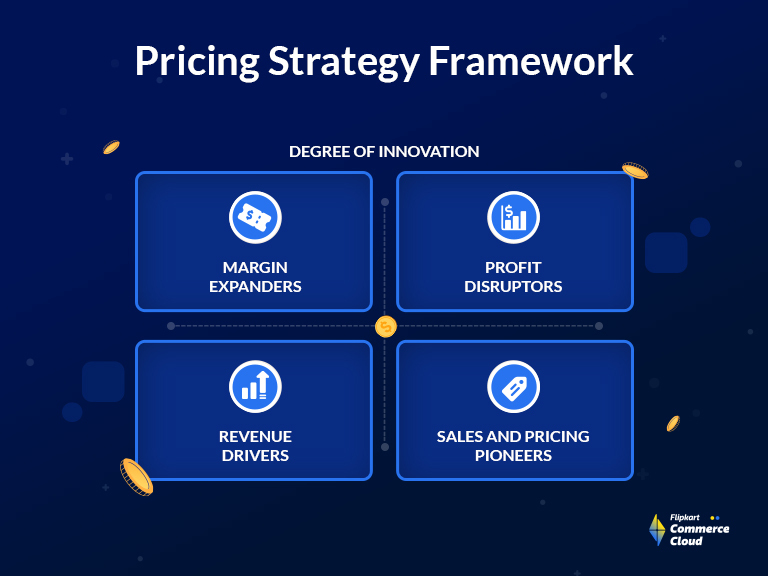
Mastering Pricing Strategy Framework
Read More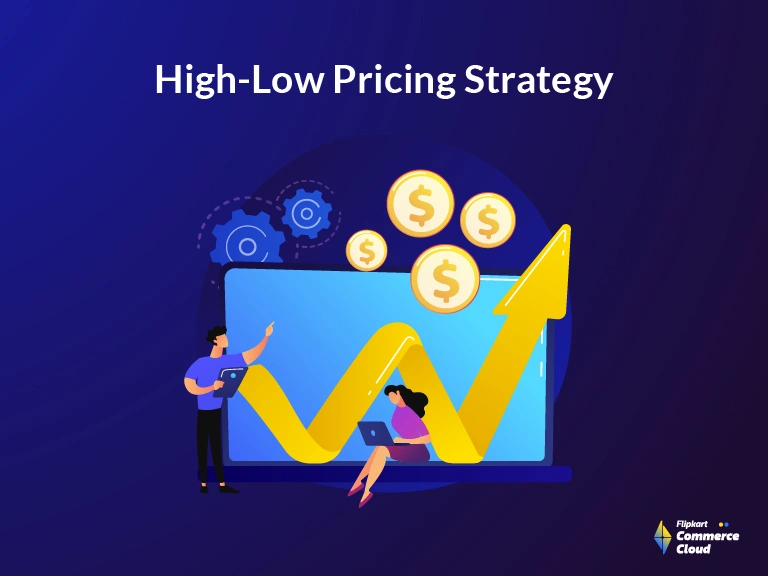
What is a High-Low Pricing Strategy?
Read More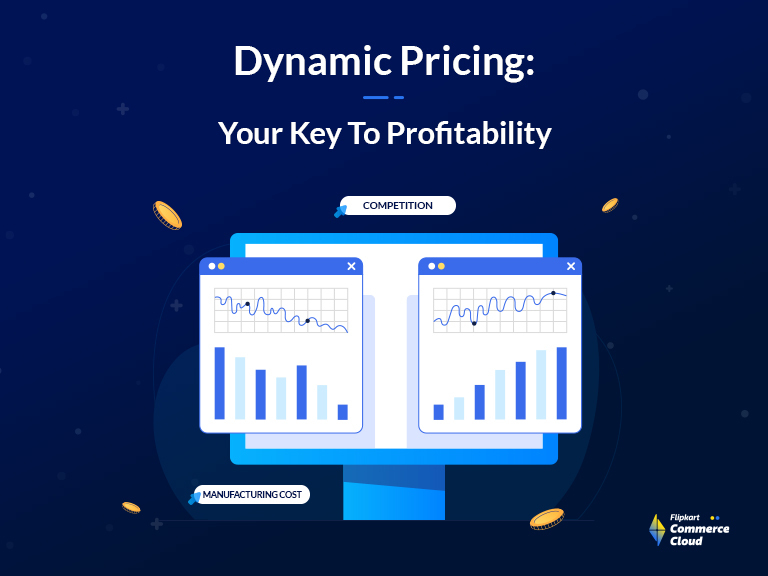
Ultimate Guide To Dynamic Pricing Strategy In 2025
Read More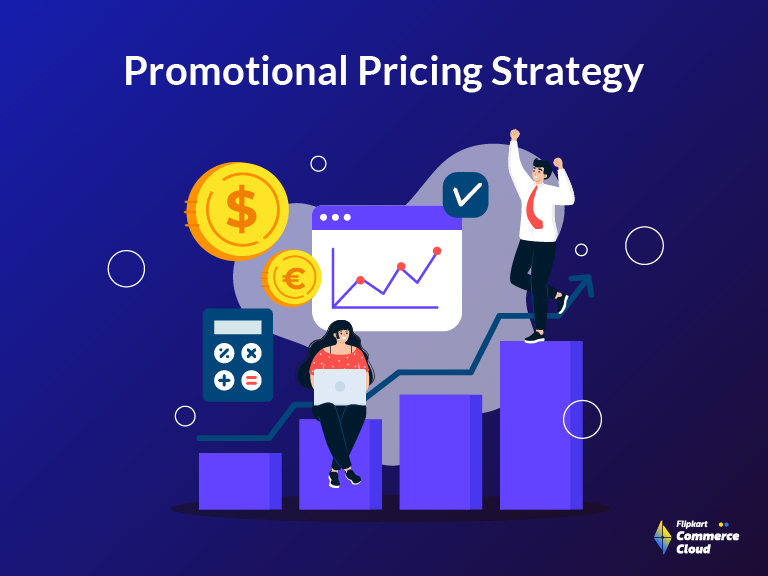
Retail Pricing Strategies: Winning with Promotion Pricing in Competitive Markets
Read More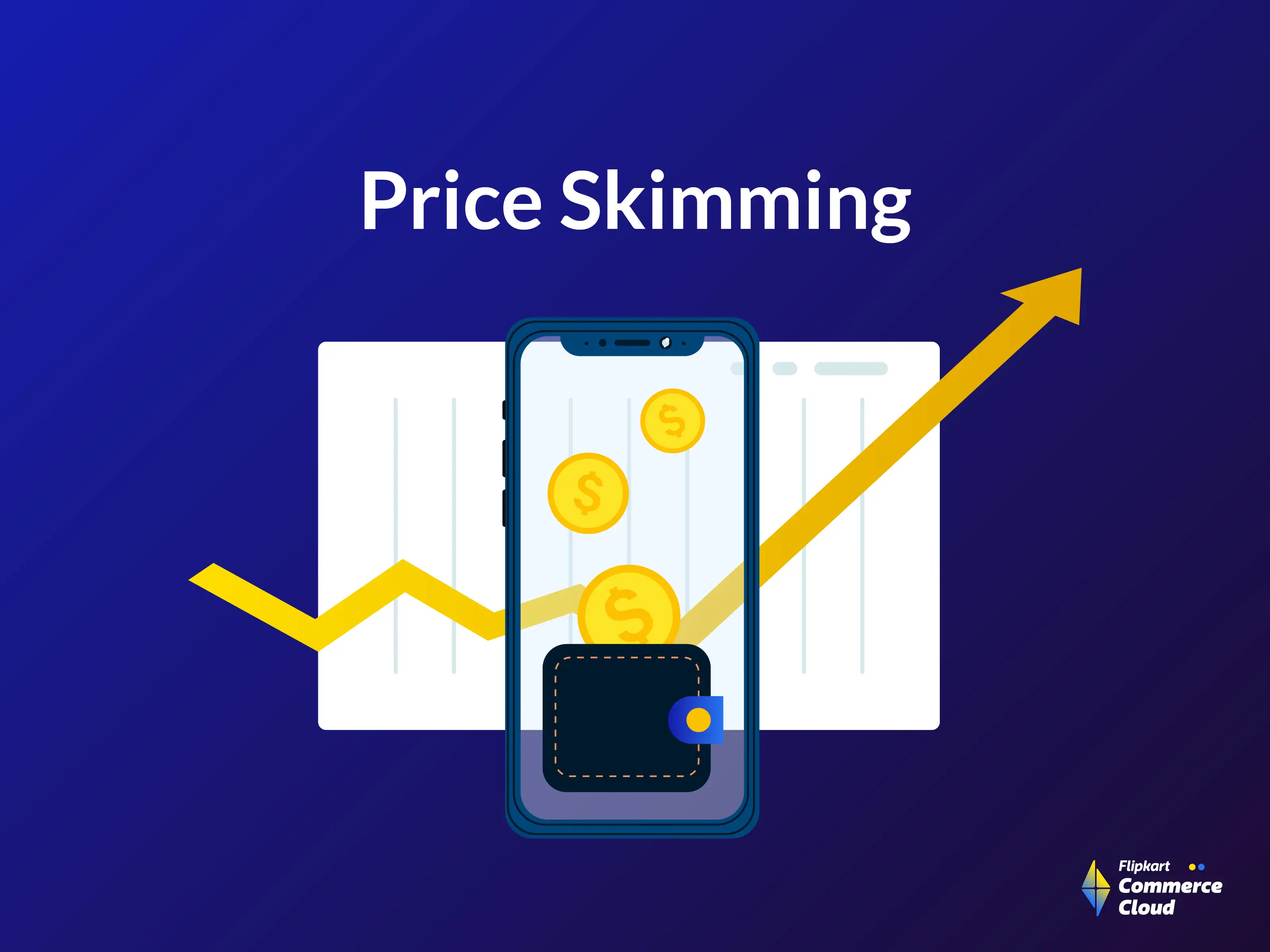
Everything About Price Skimming Strategy Explained
Read More
Mastering Pricing Strategy Framework
Read More
What is a High-Low Pricing Strategy?
Read More
Ultimate Guide To Dynamic Pricing Strategy In 2025
Read More
Retail Pricing Strategies: Winning with Promotion Pricing in Competitive Markets
Read More
Everything About Price Skimming Strategy Explained
Read More
Mastering Pricing Strategy Framework
Read More
What is a High-Low Pricing Strategy?
Read More
Ultimate Guide To Dynamic Pricing Strategy In 2025
Read More
Retail Pricing Strategies: Winning with Promotion Pricing in Competitive Markets
Read More